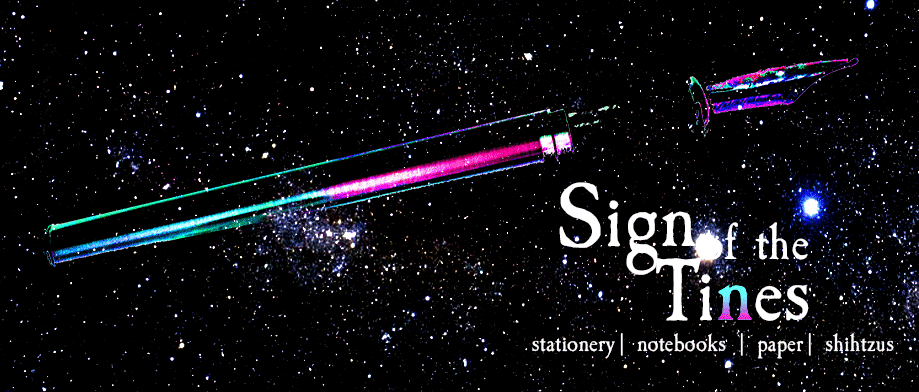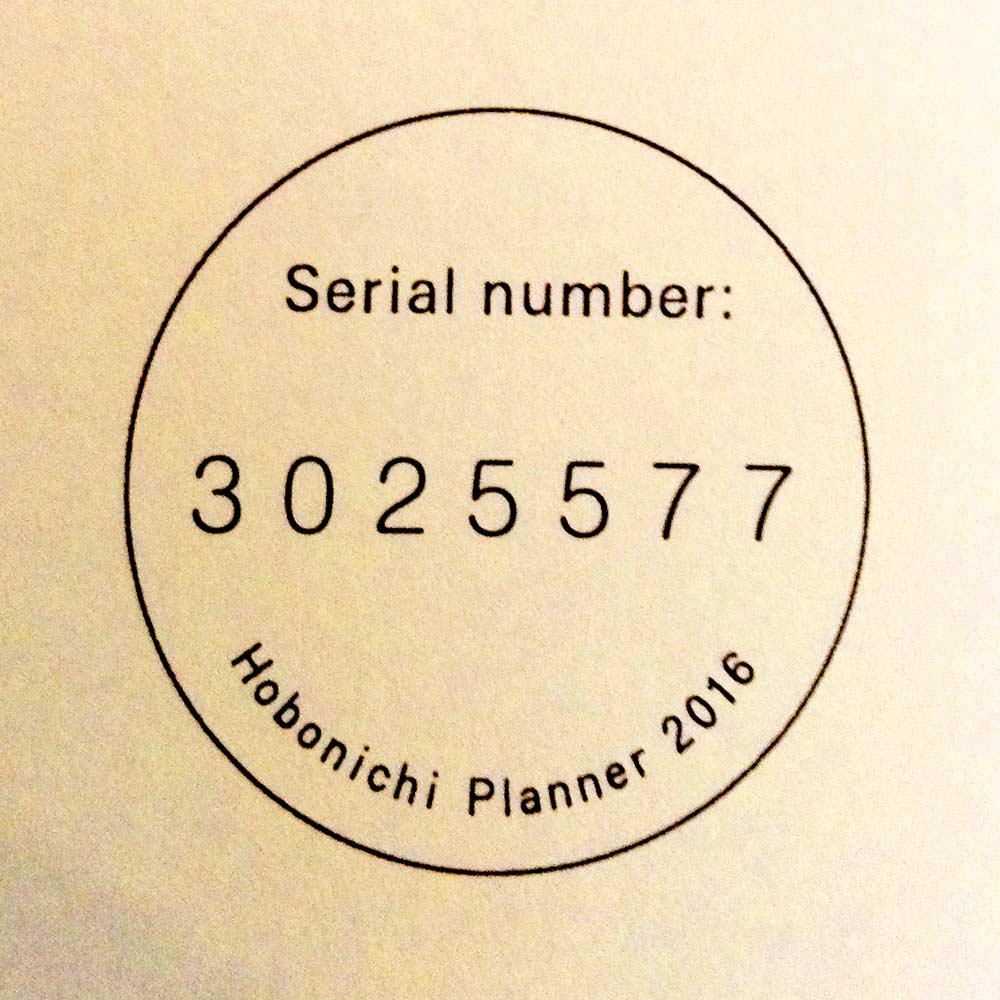Following up on last week’s post, here’s a quick look at the Hobonichi’s interiors and why I like it so much….and a few of the reasons that I don’t. If you’re on the fence about getting one, maybe this glimpse into the Hobo’s papery guts will help you decide one way or the other.
So past the cover, you get a two-page calendar spread. Handy if you want to check up on dates/days quickly.

Interior initial year calendar of the Hobonichi.
This next bit is one of my favorites: a vertical chart of all the days in the year. I think you’re supposed to mark off special days , but I chose to use this page as a mood plotter. I struggle with some mood issues, and I figured that plotting my moods on this page, on a scale of one to ten, will allow me to see how my mood fluctuates over time.

Hobonichi day marker- which I use as a mood plotter.
Then we get to the two-page monthly spreads. As a visual person, I really prefer having my days laid out like this, so I can see how each day relates to a day in the week.

The month on a two-page spread.
This is followed by a couple of weeks’ (from Dec 16, 2015 to Dec. 31, 2015) worth of two-days-per page. I use these pages to note details and events of the day that may have affected my mood, including hours of sleep and possible triggers.

Hobonichi Two days a page layout- the closing days of 2015.
When January 1 hits, you finally get the one page per day layout. Many people use this section to journal or doodle or as a scrap-book. I haven’t quite decided, but I’ll probably continue listing the events and triggers of the day. And don’t forget the notes page that comes before every month. You can list monthly goals or events here.

Hobonichi daily layout
There are a few details that make this layout really nice for me. One are the monthly calendars on every bottom corner. And on the header, you’ll find the phases of the moon (handy for astrologer or stargazer types!). Oh, and also notice the tabs on the left which indicate the number of the month, so you can flip to any month quickly. It’s these little details that make me absolutely love this planner.

Header of the daily layout pages.
Each daily page contains a quote from a Japanese celebrity or artist. This is one of the things I don’t like about the planner- I would have prepared a blank space for more notes/ reminders/ doodles. But I guess the quotes could become conversation starters.

Quote at the bottom of the daily pages.
Finally, you get a few pages in dot grid for notes. Great area to write those so-hard-to-remember passwords (but use code!).

Notes pages. Cute peach dot grid!
Finally there’s a small section for important info such as international sizes, measurement conversions, telephone dialing codes, even national holidays around the world. There are a couple of pages including Japanese dining tips and major islands, although I don’t really care for those last two.

Conversion table.

Holidays around the world.

How to eat Japanese food?
Finally, on the last page is a form for personal and contact information (in case you lose your precious Hobo). And check out that serial number. Can you believe each Hobo is numbered individually? That’s pretty cool.

Hobonichi final page.
There’s just one thing I have to say before I finish: the Hobo’s paper is super thin ( it’s Tomoe River). at 50gsm, it’s about as thick as regular onions-kin. Now, many people say that Tomoe River doesn’t bleed on a lot of pens, including fountain pens, but I’ve found that certain inks do tend to bleed through or have extreme show-through, making the opposite sides almost unusable. If you like to use alcohol markers, Sharpies, or very thick wet pens, don’t use a Hobo! Otherwise, the paper is strong (for its weight, anyway) and can hold light washes, brush pens, and most fountain pens.

Hobonichi’s Tomoe River paper with showthrough and some bleedthrough using medium to broad fountain pens.
It’s also probably better to use small handwriting. I think the grids are 4mm. They’re printed in very light gray, however, so they shouldn’t interfere if you want to write beyond the lines.
There you have it! I’ll revisit my Hobonichi throughout the year to update you guys on how the pages are coming along. Thanks for stopping by!


Pingback: A6 Hobonichi Techo Part 1 - Sign of the Tines
Pingback: Web Finds – 30 December 2015 – Travellers Notebook Times